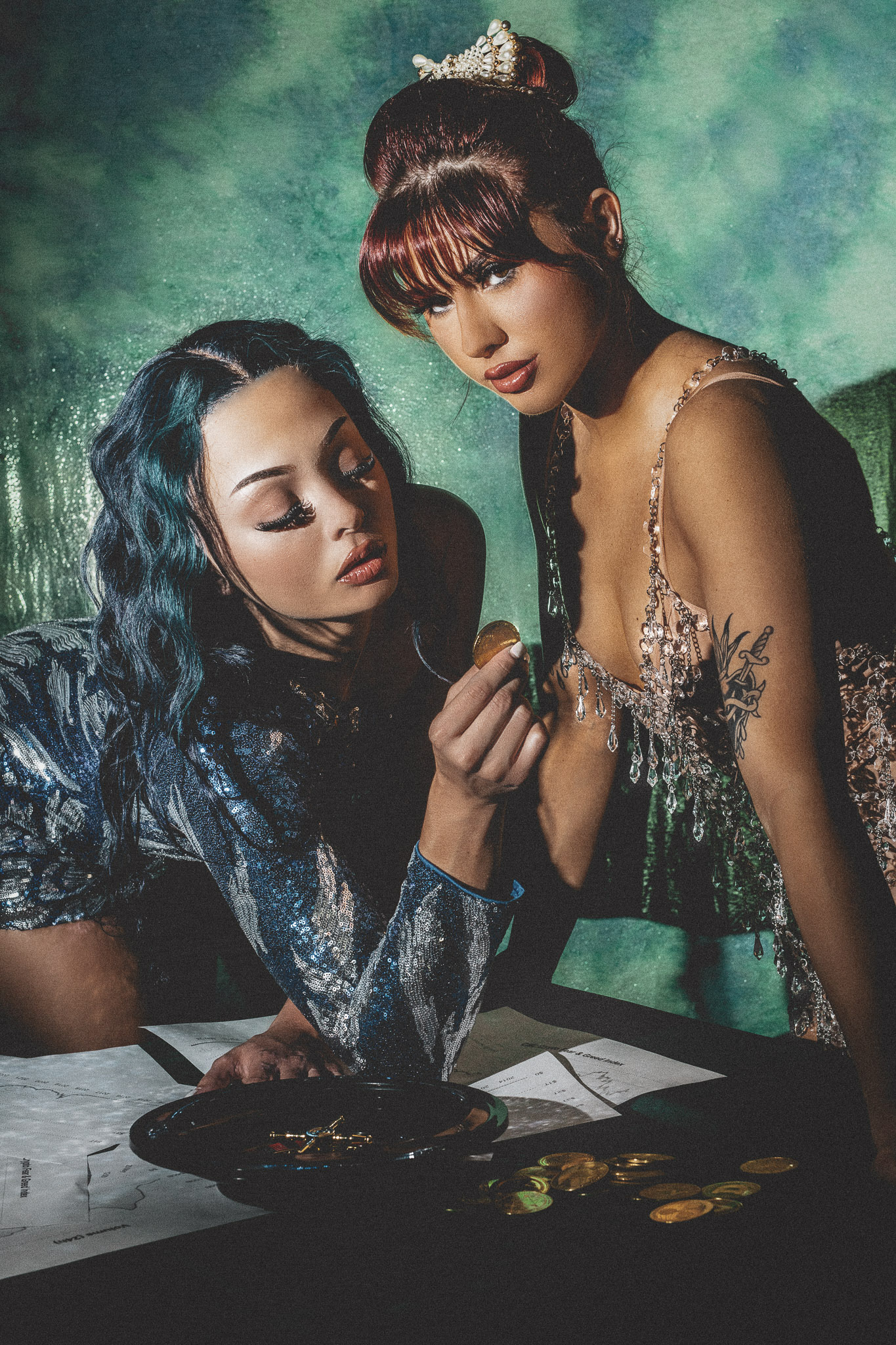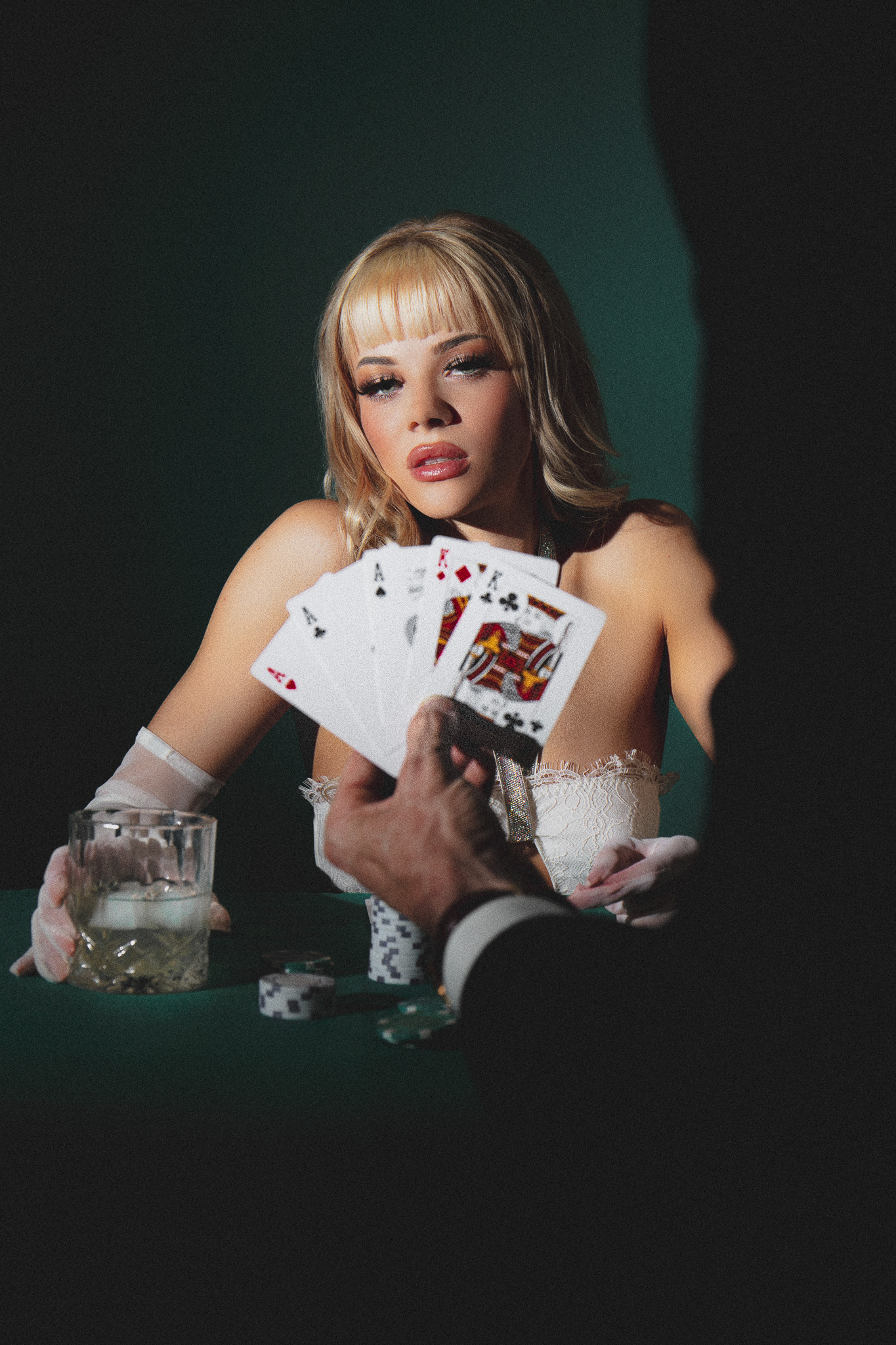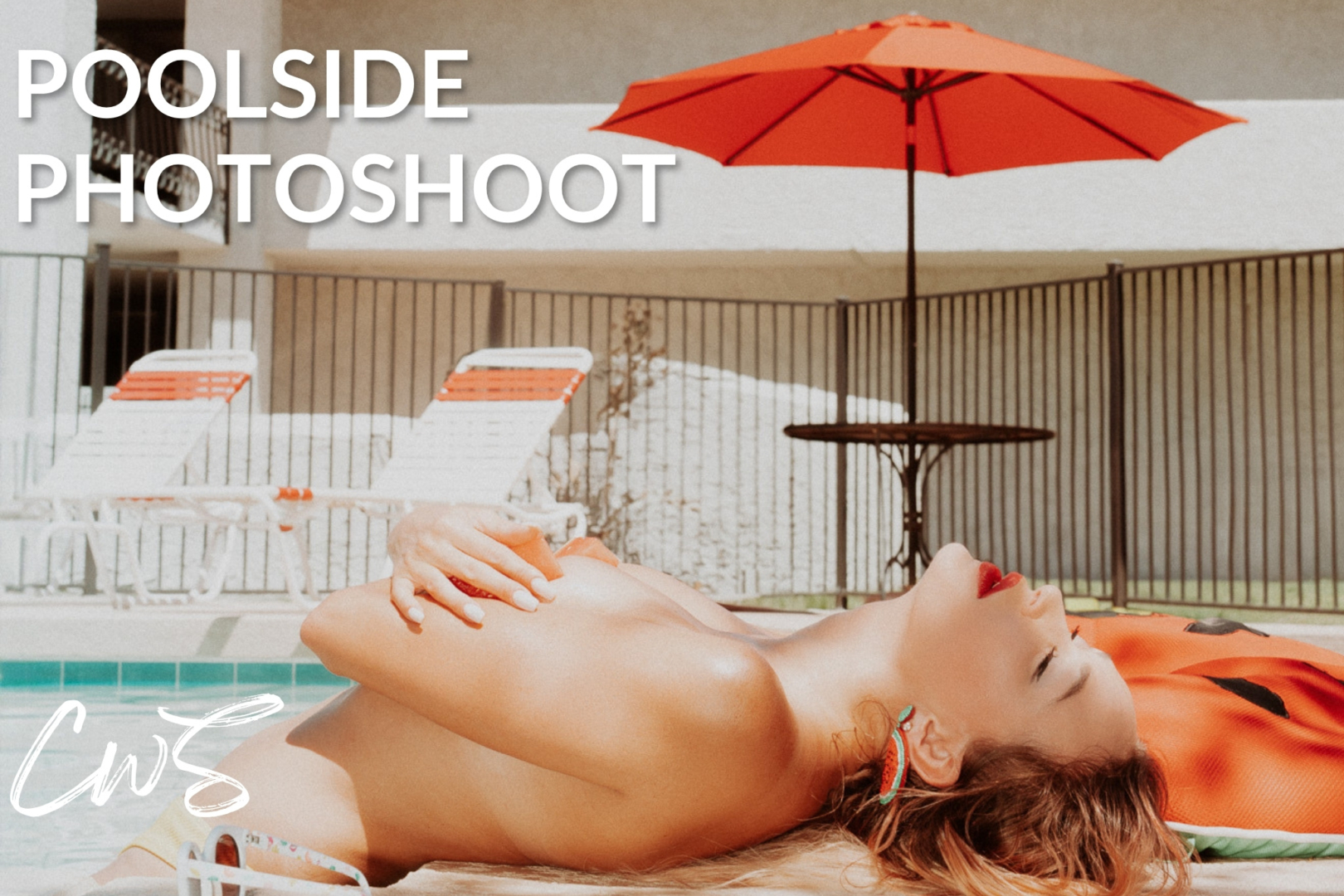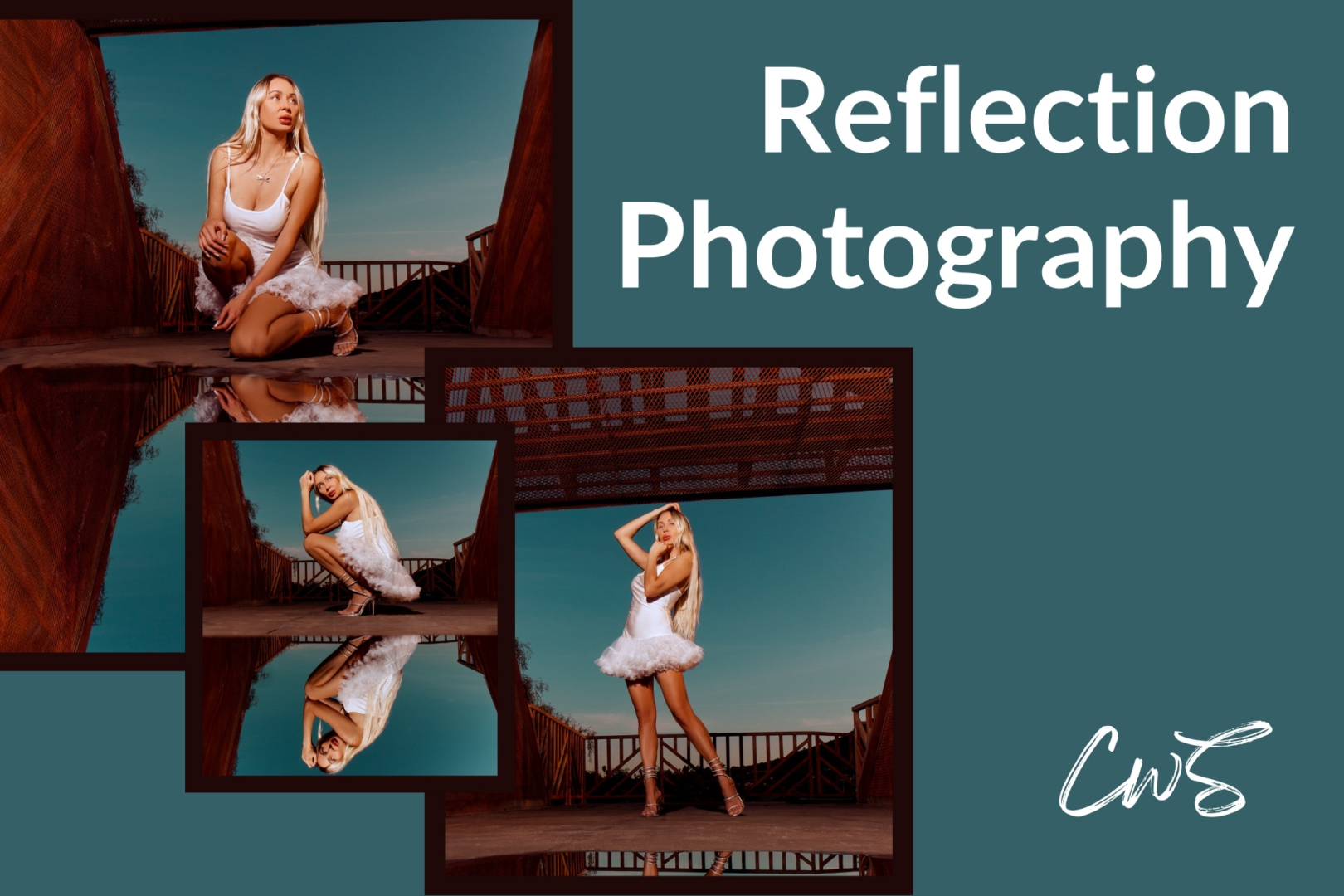In my creative journey over the past year, I’ve found myself gravitating towards a style that I would call contemporary conceptual photography. This path allows my photographs to portray impactful stories of contemporary society and my daily first-person experiences. I see this approach not only as a journey of self-discovery, revealing my true identity, but also as the cultivation of a distinctive style where technical high-quality standards alone aren’t enough.
What is Narrative Photography?

Narrative photography is a photo series that is able to tell stories. This photography approach is highly engaging and can resonate on a deeper emotional level. To achieve this result, composition is key. Characters, setting, plot, conflict, tension, and resolution are essential elements to consider when developing narrative photography ideas.
Essential Elements of Narrative Photography
Characters and settings are the soul of your narrative. Characters are identifiable and consistent, while settings are backdrops that enhance the mood and meaning of the photographs. Every great story needs a plot and conflict; these two elements keep the viewers engaged and curious about the resolution.
Practical Steps
To craft your narrative photography ideas, consider the following steps:
- Observe and Discover: Get inspired and train your eye to find everyday scenes and dynamics that hold potential for interesting concepts and narratives.
- Do The Work: Analyze photos and understand how composition, light, and subject can work in your favor.
- Pre-visualize Your Photos: Envision the sequence and how each image will reveal the story.
- Viewpoints: Capture different perspectives to add depth and variety.
- Refiniment: Master your photography and style; each time, the results will improve, accentuating the direction you’re heading.
Light, Color, and Symbolism
Warm colors convey energy and passion, while cool colors create a sense of calm. The quality and direction of light can drive the narrative and captivate the images. Symbolism and props help the composition by providing more insights.
Ensure your subjects are consistent, and keep in mind that cluttered backgrounds can often result in distractions, disrupting the narrative flow.
Insights and Inspirations

This was my approach, insights, and tips aiming to inspire your narrative photography ideas. If this content resonates with you, I invite you to explore this genre with me. As mentioned in the preface of this article, I feel like I’ve recently found a style that better represents me as both a photographer and an individual. So, let’s stay connected as I unveil several interesting photographs, blog articles, prints, and ideas moving forward.
With creativity,
Sal












Leave a Reply